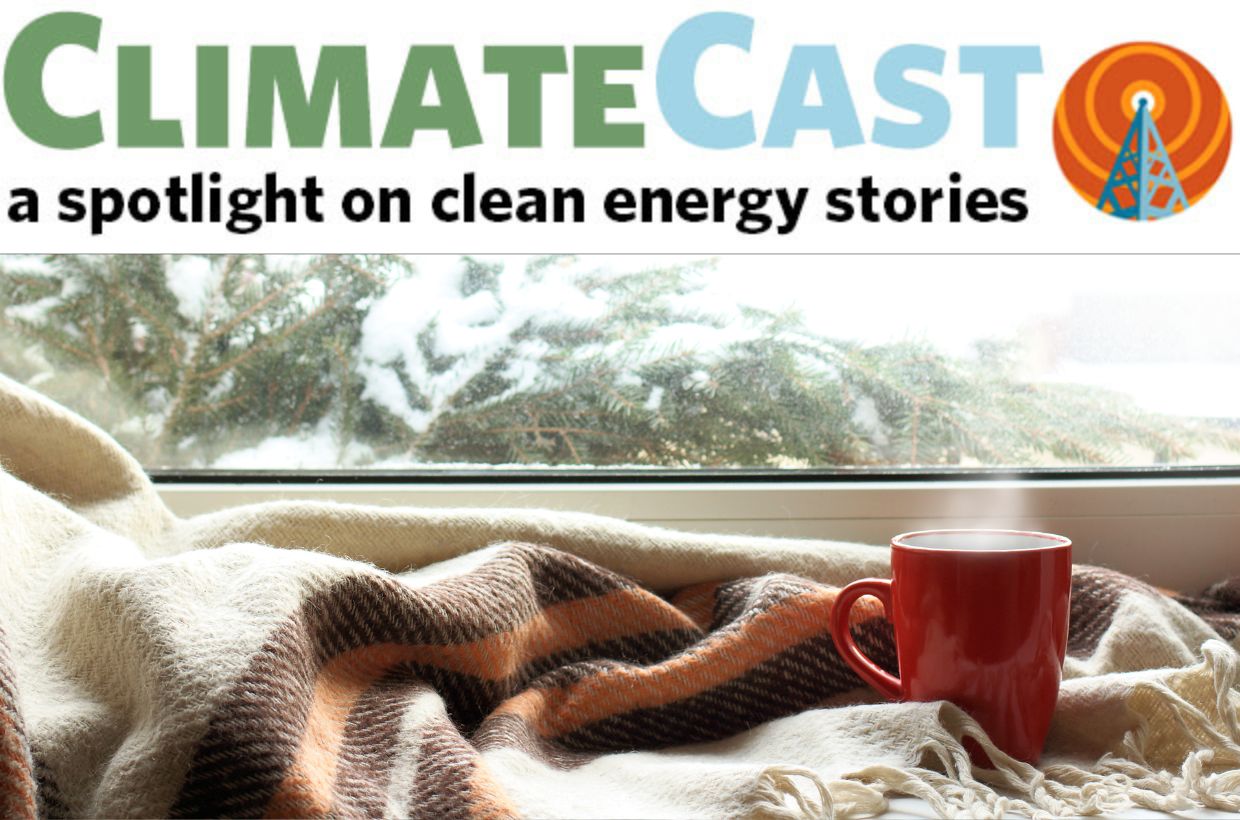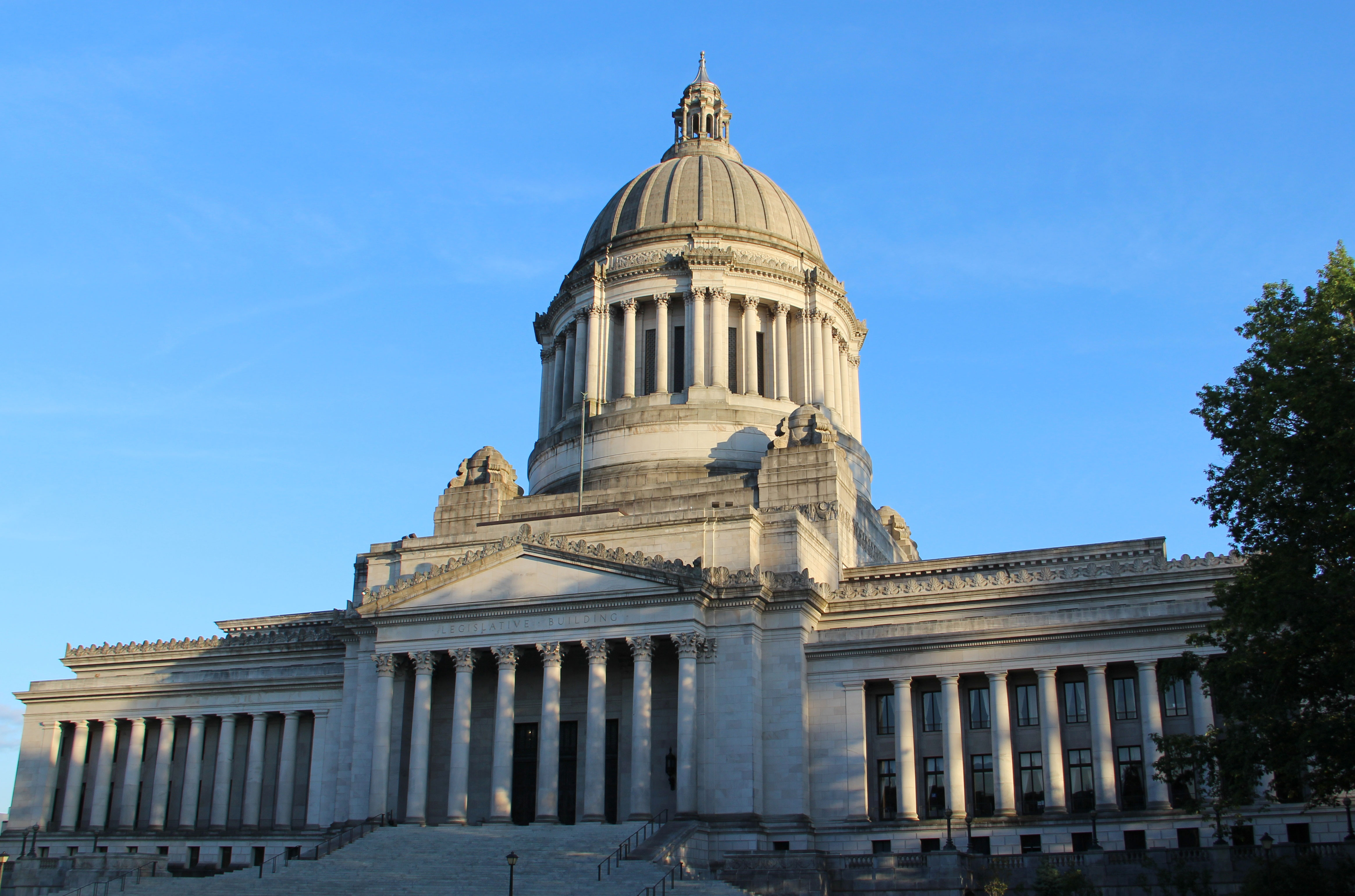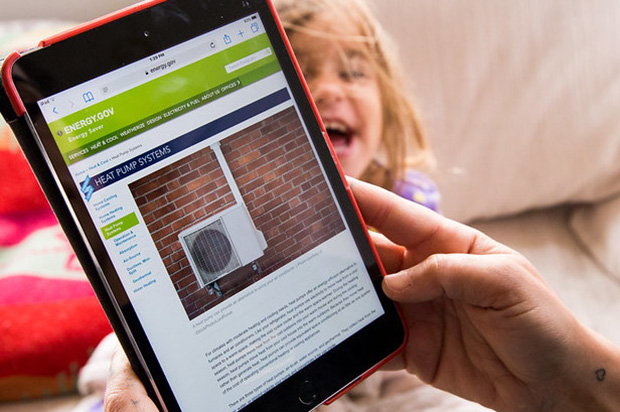
Heating and powering our homes and businesses generates a lot of our climate-changing pollution; our built environment is a major contributor to global warming. If our homes and buildings were carbon-free and energy efficient, we would significantly reduce our climate pollution, drastically cut energy costs for owners and renters, and improve air quality where we live and work.
For example, in both Oregon and Washington State, climate-worsening pollution from buildings are growing at a faster rate than any other source, with this increase largely attributable to the use of fossil gas in homes and buildings. Burning fossil gas in homes and buildings is not only a significant contributor to climate change, but also poses significant health risks for our communities, children, and other vulnerable populations.
Indoor air quality issues are particularly concentrated for low-income residents in smaller units with poor ventilation. Communities of color are already disproportionately impacted by outdoor air pollution, and should not continue to be disproportionately harmed by poor indoor air quality as well. Gas appliances also worsen our outdoor air quality. For example, California’s residential appliances releasing more than two times as many NOx emissions as all of their gas power plants combined, and commercial gas appliances releasing just as much NOx pollution as all of California’s cars.
States and many cities in the region and around the country are increasingly looking at ensuring all new buildings are electric as a key cost-effective pathway for achieving their local or state greenhouse emissions goals. Electrifying buildings is critical to addressing climate change, but it is also achievable, affordable, safe, and creates a more resilient energy system.
We are working with lawmakers and community partners to move rapidly toward electrifying our buildings for heating, cooling and cooking. We can also construct homes and buildings that get all their energy from sustainable sources, and even produce as much energy as they use — net zero energy buildings.
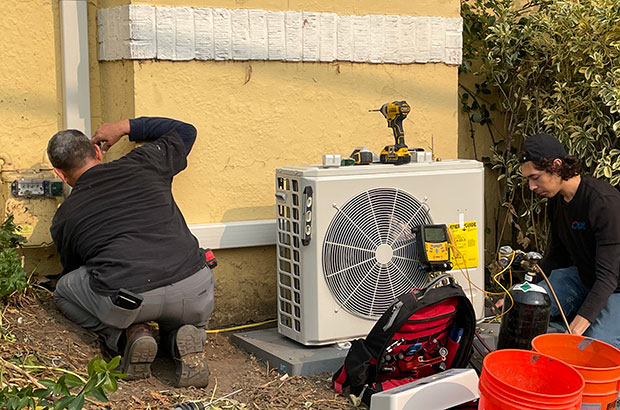
WA folks can benefit from home energy incentives... but we need help.
The Energy Upgrade Navigator Program would help Washington residents access state and federal clean energy investments to save money, helping the state meet our climate goals.
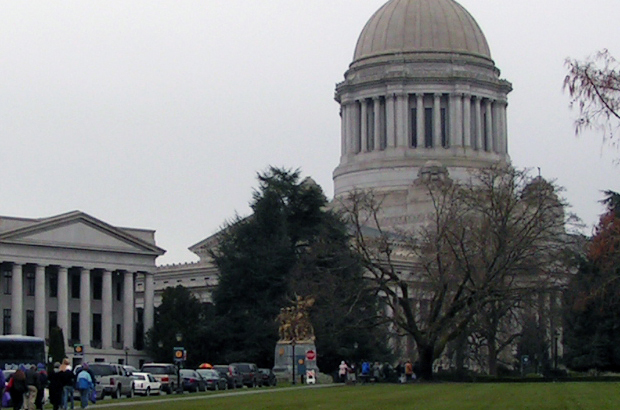
Time for WA to go big on investing in climate action
The urgency of the climate crisis requires bold and meaningful action every single year. In 2023, Washington's Legislature must prioritize the health and safety of Washingtonians and make sure we advance true climate solutions in several key ways.
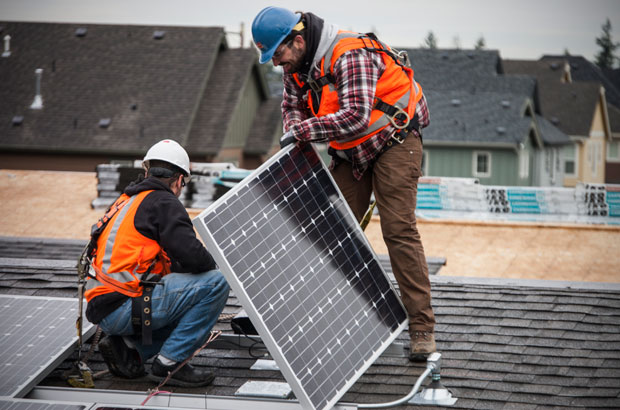
🎬 Cutting climate pollution from buildings
Homes, offices, and other buildings are a major source of climate and air pollution. Thankfully, the best solutions will save you money on energy costs without sacrificing comfort. Learn more by watching our new video series!
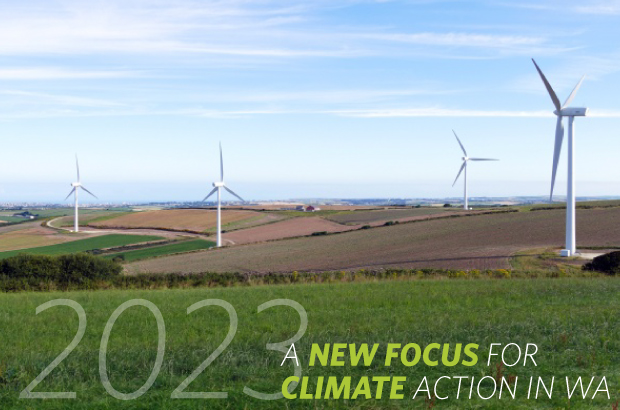
What’s on in WA for climate action this year
The 2023 Washington Legislative session is underway. Here are the major climate and clean energy issues Climate Solutions is tracking this year.
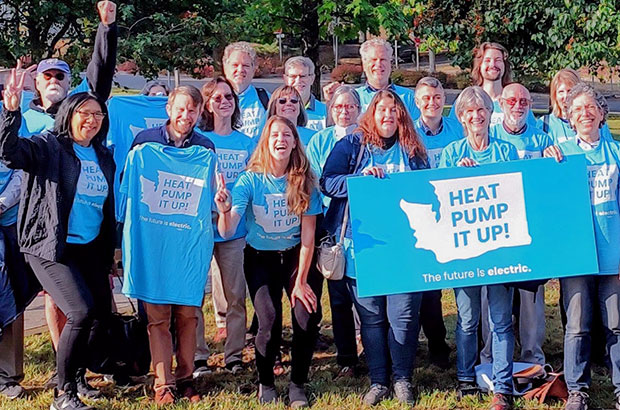
Washington will build all new homes with heat pumps!
Friday, November 4thwas a big, great day in our efforts for cleaner, healthier homes and buildings!
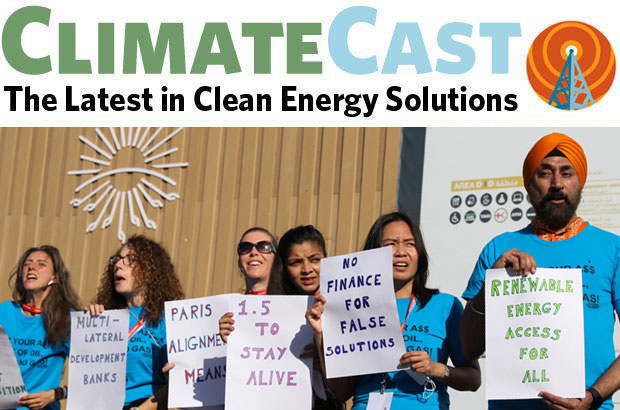
Climate election 2022. Was that a wave of some kind?
Climate election 2022: neither a red nor a green wave Los Angeles Times reporter Sammy Roth recapped this week’s election results with the observation that
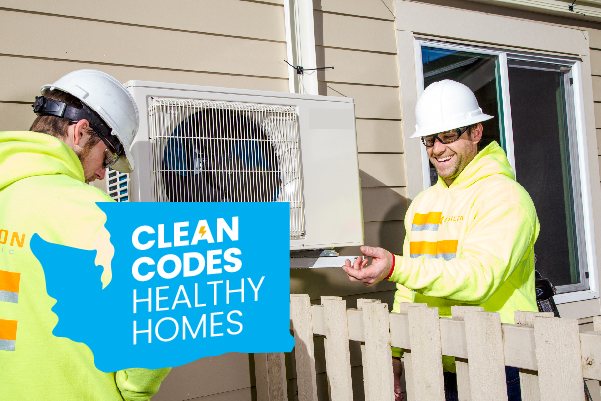
Washington will build new homes with heat pumps
The Washington State Building Code Council voted today to adopt new statewide residential building codes that will drive the transition to safe and healthy homes that run on low-cost, 100% clean electricity instead of methane gas
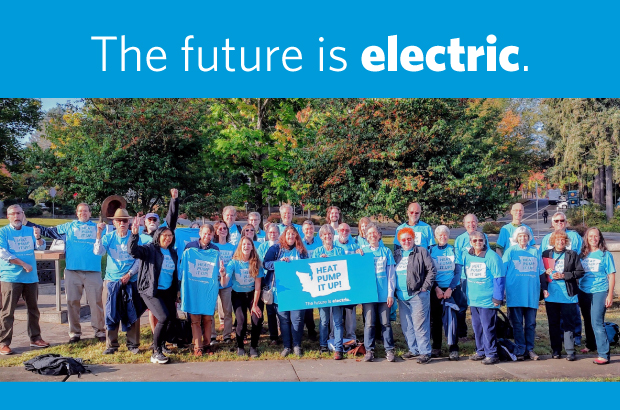
A major effort and momentum for all-electric homes in WA
An incredible showing, representing the fabric and diversity of our climate community, raising the volume for clean and healthy homes
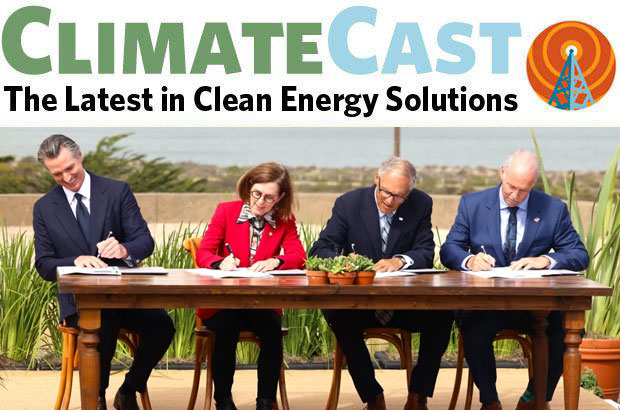
Sign us up for renewable power
In this week's ClimateCast: the urgent need for clean energy infrstructure, resiliency and hard choices, West Coast climate leadership and more.
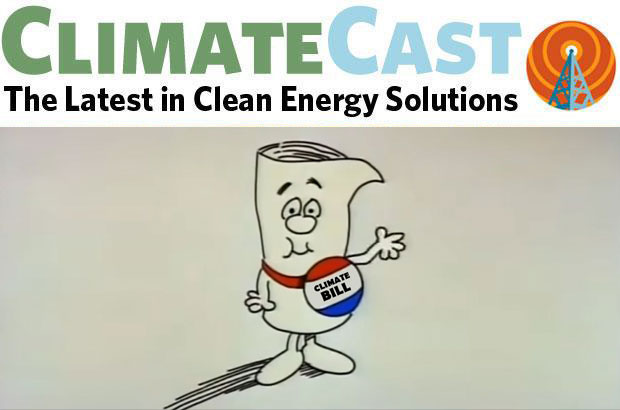
A massively consequential week for climate action
The US Senate votes to pass the Inflation Reduction Act, climate impacts keep on coming, and communities lead the way on climate policy.
